Maghreb construction sector brightens
5 July 2024

The Maghreb remains an active market for construction companies, with $22.1bn of construction and transport projects at the execution stage in the region, excluding major rail schemes, according to regional projects tracker MEED Projects.
Algeria and Morocco are the two most active markets, with $9.6bn and $8.9bn of projects under execution, respectively. The Tunisia and Libya construction markets are much smaller, with $2.3bn and $1.7bn under execution.
At the same time, the value of new project awards has been subdued of late, with only about $2.9bn-worth of major construction and transport contracts awarded over the past two years across the four countries outside the rail sector.
During that period, the Maghreb region has only had two significant contract awards with a value exceeding $400m.
The largest was an $800m contract to build the Tunis governorate’s La Perle du Lac 2 smart city. The project is being undertaken by a joint venture of Societe Bouzguenda Freres and Bonna Tunisie, and is being developed by Tunisian investment firm Al-Buhaira Invest.
The other scheme was the $440m expansion of the Ibn Batouta stadium in Morocco, for which Moroccan contractor Entreprise Moussadak Bouchta secured the contract.
Moroccan optimism
With few significant projects awarded over the past two years, construction companies are eagerly looking to the horizon for future opportunities. Morocco’s hosting of the 2030 World Cup should certainly help its prospects in the mid-term.
In March 2023, King Mohammed VI announced Morocco’s plans to join Spain and Portugal’s bid to host the 2030 tournament, and in September 2023, the bid went through uncontested.
To facilitate hosting the event, Morocco plans to build a 93,000-seat stadium in Casablanca and upgrade at least five existing stadiums.
In March, Morocco appointed the US-based architectural firm Populous and French Oualalou + Choi to design the Casablanca stadium. The state-owned fund Caisse de Depot et de Gestion has signed a deal worth around $500m to finance the stadium’s construction.
Construction work is expected to begin in 2025, and the stadium is anticipated to be ready by 2028.
The five stadiums to be upgraded are the Prince Moulay Abdallah stadium in Rabat, the Ibn Battuta stadium in Tangier, and stadiums in Fez, Agadir and Marrakesh. A stadium in Tetouan may also be upgraded.
In May, Morocco kicked off work on its Mohammed VI International University Hospital in Rabat. Bymaro, the Moroccan subsidiary of French construction firm Bouygues Construction, announced that it had been awarded the €450m ($487m) main contract to build the hospital.
The scope of the contract covers the construction of four six-storey buildings and a 25-storey tower over an area of about 275,000 square metres.
Algerian spending
In December last year, Algeria revealed its Finance Bill 2024, which outlined increasing capital expenditure by 19% to AD2.9tn ($20.8bn).
Of the total, AD848bn ($6.1bn) was allocated to the health sector and AD313.5bn ($2.3bn) was budgeted to construct around 460,000 housing units.
The construction sector’s future pipeline comprises significant projects, including Dunia Park – a theme park planned by the UAE’s Emaar with a multibillion-dollar budget – the $650m Economic Capital City scheme and the $250m Blida Hospital.
Algeria approved the construction of a new university hospital centre in Tizi-Ouzou in June. President Abdelmadjid Tebboune approved the project during a cabinet meeting the previous week.
The project falls under the housing ministry, through the representation of the Public Equipment Directorate of Tizi-Ouzou Province, which has awarded the local contractor Cosider Group the main contract to build the hospital.
Further opportunities
There are also some upcoming opportunities in Libya and Tunisia.
For Libya, there were indications in 2023 that the country could soon begin to put its decade-long conflict behind it, but progress on this and a project market revival has been unsteady.
Looking forward, the big upcoming piece of work is the $2.4bn Lot 4 of the Emsaed Rasejdeer Motorway programme, which is under bid evaluation. The lot’s three packages are set to be awarded in August. The scheme’s $1.2bn Lot 2 and $2.1bn Lot 3 are also under study.
Among Tunisia’s upcoming schemes are plans to award a $150m contract to construct hospitals in the Ghardimaou, Makhtar, Jelma and Haffouz areas. The prequalification for this project was completed in October last year, and the main contract tender is now awaiting issuance.
The country is also prequalifying contractors for the development of the $85m King Salman Ben Abdelaziz University Hospital in Kairouan after Saudi Arabia agreed to provide funding for the project in February. Construction work on the scheme is slated to begin in the second half of 2024.
On the slightly more distant horizon, two highway expansion schemes worth a combined $550m are currently being studied in Tunisia and are expected to be awarded in 2026.
Across the region, recent project activity in the construction and transport sector outside of rail has been disappointing in the past two years, but schemes financed by both the public and private sectors are now progressing through pre-execution in a way that promises better things to come.
Exclusive from Meed
-
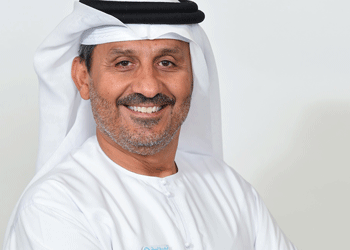 Tabreed finishes the year on a high
Tabreed finishes the year on a high17 December 2025
-
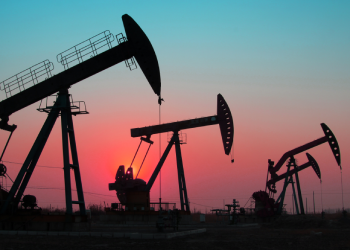 Kuwait Oil Company seeks higher project budgets
Kuwait Oil Company seeks higher project budgets17 December 2025
-
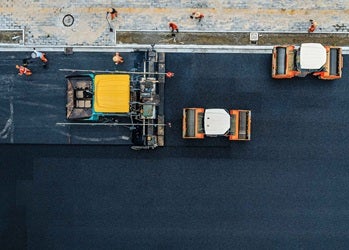 Morocco awards $185m Guercif-Nador road contracts
Morocco awards $185m Guercif-Nador road contracts17 December 2025
-
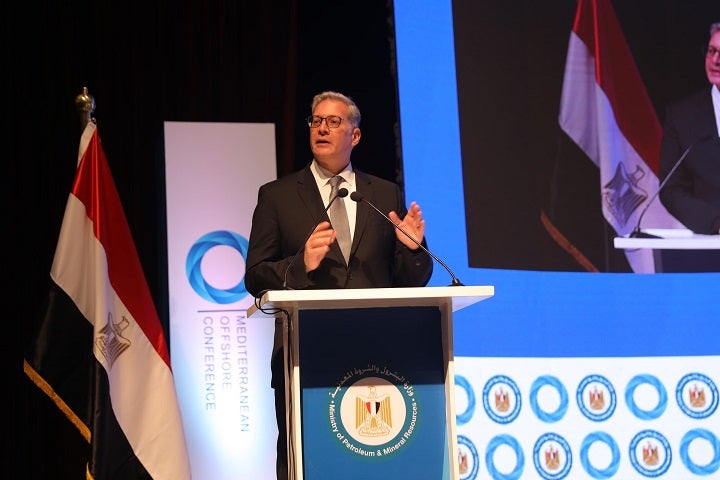 Egypt plans $5.7bn oil and gas exploration campaign
Egypt plans $5.7bn oil and gas exploration campaign17 December 2025
-
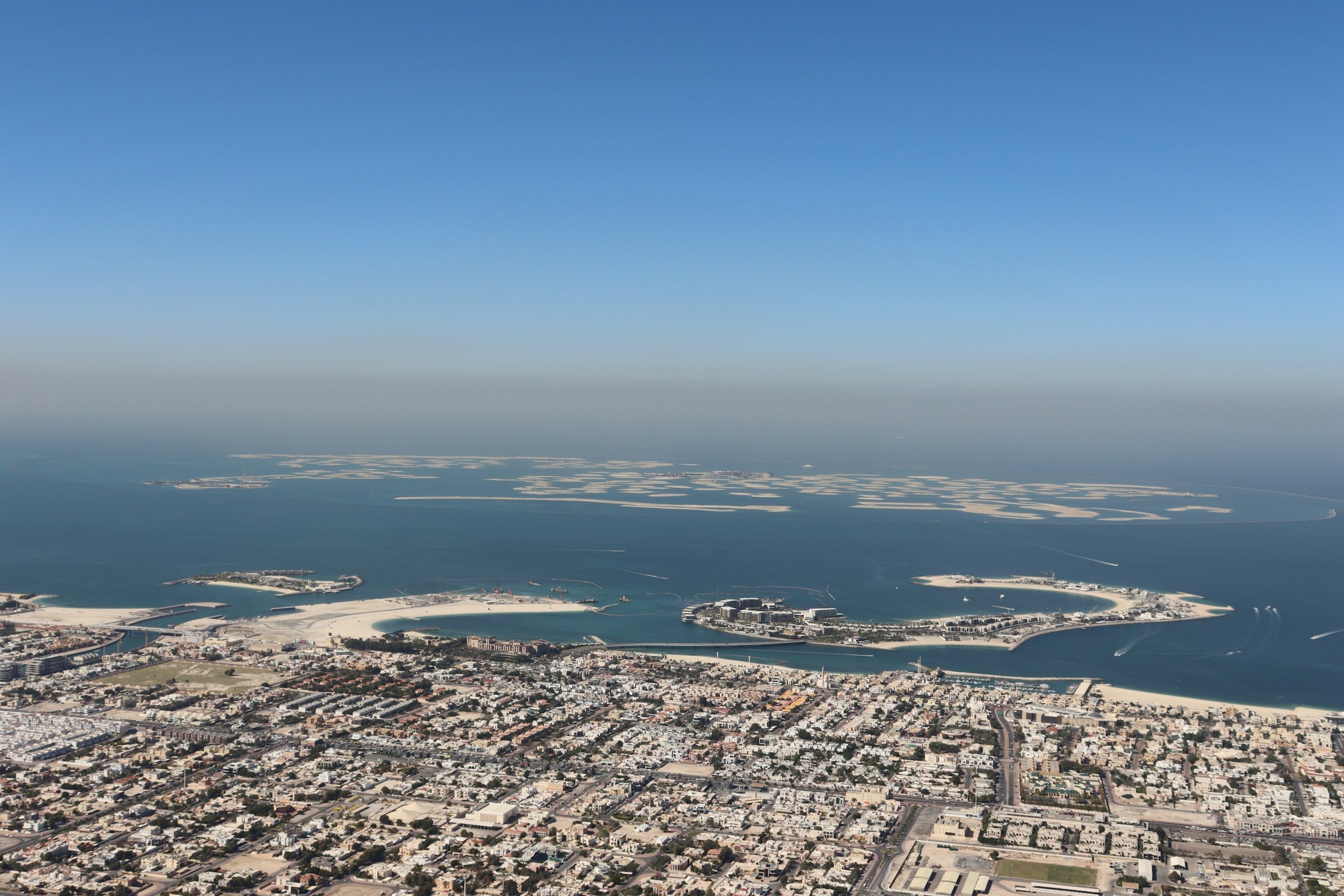 Dutco wins $190m Amali Island villas deal
Dutco wins $190m Amali Island villas deal17 December 2025
All of this is only 1% of what MEED.com has to offer
Subscribe now and unlock all the 153,671 articles on MEED.com
- All the latest news, data, and market intelligence across MENA at your fingerprints
- First-hand updates and inside information on projects, clients and competitors that matter to you
- 20 years' archive of information, data, and news for you to access at your convenience
- Strategize to succeed and minimise risks with timely analysis of current and future market trends

Related Articles
-
 Tabreed finishes the year on a high
Tabreed finishes the year on a high17 December 2025

Tabreed is consolidating its position as a leading regional district cooling provider following a series of major transactions and new concessions that will reshape its portfolio in the UAE and beyond.
In 2025, the company completed the AED3.87bn ($1bn) acquisition of PAL Cooling Holding (PCH) in consortium with CVC DIF, and finalised the long-term district cooling concession for Palm Jebel Ali in Dubai as part of a joint venture (JV) with Dubai Holding Investments.
The PCH deal will eventually add about 600,000 refrigeration tons (RT) of capacity across eight long-term concessions in Abu Dhabi, raising Tabreed’s total connected capacity by 13% to 1.55 million RT. The AED1.5bn Palm Jebel Ali JV will ultimately deliver a further 250,000RT.
Speaking to MEED, Tabreed CEO Khalid Al-Marzooqi outlined how the company is integrating the newly acquired brownfield assets, developing greenfield projects and advancing a new generation of sustainable cooling solutions, including geothermal energy for data centres.
Tabreed’s recent milestones span both greenfield and brownfield investments, each requiring a different approach, says Al-Marzooqi.
Greenfield projects, such as Palm Jebel Ali, remain Tabreed’s preferred route for new capacity, he adds. “The beauty of a greenfield is that you can optimise it the way you want. You build it as you want.”
For new plants, Tabreed designs the civil structure to accommodate long-term capacity, while phasing in mechanical equipment in line with demand. By contrast, the acquisition of PCH is a large-scale brownfield integration, bringing in a portfolio of existing and future plants and networks, mainly on Abu Dhabi’s main island and Reem Island.
The immediate focus is on integration and driving network synergies. “That’s the beauty of district cooling. If you achieve the synergies, the benefits literally double up and triple up as well,” Al-Marzooqi says.
By interconnecting plants, Tabreed can avoid building for peak capacity at each individual site and instead leverage shared spare capacity across the network.
Growth strategy
Acquiring a competitor in Abu Dhabi is part of a strategy to sustain growth in a sector where many contracts follow build-own-operate-transfer or similarly time-bound models.
Organic growth via new concessions and inorganic growth via acquisitions are both seen as key to maintaining and expanding the asset base.
Tabreed’s portfolio remains weighted towards the UAE, with the home market accounting for the bulk of its business.
Beyond the UAE, Tabreed has built a regional presence, with a partially owned business in Saudi Arabia, where it sees significant growth potential as district cooling is integrated into gigaprojects and major urban developments; a wholly owned operation in Bahrain; and a majority stake in Tabreed Oman, a market that Al-Marzooqi says is expanding well.
Despite the energy and lifecycle cost benefits of district cooling, Al-Marzooqi says tariff subsidies on conventional, building-level cooling are a barrier to adoption in parts of the UAE.
“The killer for us is subsidy,” he says, explaining that artificially low tariffs for individual customers make it harder for district cooling to compete on price in Abu Dhabi compared to Dubai.
He says that policy support and regulatory mandates are needed, particularly as existing buildings approach the end of life for their standalone cooling systems. At that point, compulsory connection to district cooling could lock in significant energy savings and emissions reductions at city scale.
Raising Abu Dhabi’s district cooling penetration from about 15% towards Dubai’s estimated 30% remains a key concern and strategic objective.
In Abu Dhabi, Tabreed has developed … the Middle East’s first geothermal-powered district cooling plant
Geothermal breakthrough
Alongside portfolio growth, Tabreed is investing in new technologies to decarbonise cooling, with a focus on large campuses, major developments and, increasingly, data centres.
At Masdar City in Abu Dhabi, Tabreed has developed what Al-Marzooqi describes as the Middle East’s first geothermal-powered district cooling plant.
“We have started off by building the region’s first geothermal plant, to prove the concept of using geothermal energy to provide cooling,” he says.
The pilot plant is already achieving efficiency levels in the range of 0.5-0.6 kilowatts per ton (kW/ton) of cooling, better than Tabreed’s typical district cooling benchmark of about 0.85kW/ton. Conventional, standalone cooling systems generally consume about twice as much energy per ton.
“This is proof that if you really want to pursue a sustainable cooling solution for data centres in this area, this is the one,” he says.
Data centres are emerging as a priority growth segment for Tabreed. The facilities have high, continuous cooling loads and increasingly stringent decarbonisation requirements, making them a natural fit with both district cooling and geothermal systems.
Al-Marzooqi says geothermal cooling is a “godsend solution” for data centres, combining 24/7 availability with the potential for near-zero operational emissions.
For hyperscale and colocation data centre operators facing mounting pressure to reduce their carbon footprint, geothermal district cooling could offer a differentiated, long-term solution in the Gulf region, particularly where grid power is still largely fossil-fuel based.
Tabreed’s technology agenda is not limited to low-carbon generation. The utility is in the second phase of connecting its plants to a centralised digital control centre, enabling remote operation and optimisation.
The long-term goal is for the majority of plants to be unmanned, with operations centrally monitored and controlled. This integrated view of the network will enable the application of artificial intelligence and advanced analytics to fine-tune performance, optimise energy use and predict maintenance requirements.
https://image.digitalinsightresearch.in/uploads/NewsArticle/15266676/main.gif -
 Kuwait Oil Company seeks higher project budgets
Kuwait Oil Company seeks higher project budgets17 December 2025

Contractors in Kuwait expect to have answers by the end of the year on whether budgets for several key upstream projects in the oil and gas sector will be increased, according to industry sources.
State-owned upstream operator Kuwait Oil Company (KOC) is seeking approvals for at least three upstream projects, for which bids came in significantly over budget.
The first project, with a low bid of $2.47bn, involves the development of two facilities: Separation Gathering Centre 1 (SGC-1) and Water Injection Plant 1 (WIP-1).
The second project, with a low bid of $2.48bn, focuses on developing SGC‑3 and WIP‑3.
The third project, which involves developing effluent water disposal plants for injector wells, had a low bid of $1.3bn.
For KOC to increase the budgets for all three projects, approvals will be required from Kuwait Petroleum Corporation (KPC) and the country’s Ministry of Finance.
Already cancelled
One Kuwaiti oil project tender that received bids significantly above budget has already been cancelled.
On 7 October, MEED reported that the tender for the SGC-2 oil project – focused on the installation of a separation gathering centre – was cancelled by Kuwait’s Central Agency for Public Tenders.
Earlier this year, UK-based Petrofac had submitted a bid more than double the project’s proposed budget.
Petrofac’s bid was KD422.45m ($1.37bn), while the provisional budget stood at KD207m ($670.2m).
This contract is expected to be retendered, but there is significant uncertainty about when a new invitation to bid will be issued and how the scope may change.
Earlier in December, MEED reported that KOC was discussing whether to retender the contract using a different contract model.
Initially, the project was tendered using the engineering, procurement and construction (EPC) contract model.
Discussions are ongoing on whether it will be relaunched under a build-own-operate (BOO) contract model.
https://image.digitalinsightresearch.in/uploads/NewsArticle/15263996/main.png -
 Morocco awards $185m Guercif-Nador road contracts
Morocco awards $185m Guercif-Nador road contracts17 December 2025

Morocco’s Ministry of Equipment, Transport, Logistics & Water has awarded three contracts totalling MD1.7bn ($185m) for building three lots of the 40-kilometre (km) section two of the Guercif to Nador highway between Saka and Driouch.
The contracts were awarded to local firms.
Casablanca-based Groupe Mojazine won a $64m contract for lot one, which covers the construction of 14km of highway.
The other two contracts covering construction works on lots two and three were awarded to the local firm Bioui Travaux.
The contract value for lot two is over $56m and covers the 12km highway section. The lot three contract is worth about $69m and covers 40km of highway construction.
The 104km Guercif to Nador highway is being implemented in three sections. Prequalification for section two from Saka to Driouch was completed in June, as MEED reported.
The estimated $700m project, partly funded by the African Development Bank, is part of the kingdom’s plans to upgrade its public infrastructure in preparation for co-hosting the 2030 Fifa World Cup alongside Portugal and Spain. The programme includes the expansion of over 1,000km of highways.
In May, Societe Nationale des Autoroutes du Maroc awarded MD5bn ($540m) of contracts for nine packages covering construction works on the Rabat-Casablanca continental expressway.
Morocco’s construction and infrastructure sector is gearing up for billions of dollars in projects as the North African nation continues to award contracts for building infrastructure for the 2030 Fifa World Cup.
Morocco has made a strong head start in ensuring that the necessary infrastructure is ready for the tournament.
According to data from regional project tracker MEED Projects, 2024 was the best year in the past decade for construction and transport contract awards in Morocco, with contracts worth over $3.6bn signed with local construction firms and international companies from South Korea, China, France and Spain.
https://image.digitalinsightresearch.in/uploads/NewsArticle/15266606/main.jpg -
 Egypt plans $5.7bn oil and gas exploration campaign
Egypt plans $5.7bn oil and gas exploration campaign17 December 2025
Egypt plans to drill 480 exploratory wells, with total investment estimated at $5.7bn, over the next five years, according to Karim Badawi, the country’s minister of petroleum and mineral resources.
Speaking at a conference in Cairo, Badawi said that Egypt’s oil and gas sector was stabilising after a period of decline.
He said that his ministry was targeting an increase in gas production for the first time in four years.
The government is also aiming for self-sufficiency in crude oil production within five years, he said.
Egypt is aiming to boost crude production by introducing investment incentive packages and utilising new production technologies.
Badawi highlighted specific capital commitments from international partners to develop oil and gas resources over the next five years. These included Italian company Eni’s commitment to invest $8bn, as well as London-headquartered BP’s plan to invest $5bn.
He also highlighted Arcius Energy’s plan to invest $3.7bn. Arcius Energy is a joint venture of BP and Adnoc’s XRG.
The $5.7bn exploration programme includes 101 wells scheduled for drilling in 2026.
Badawi said that seismic survey operations would expand to cover 100,000 square kilometres in the Western Desert and 95,000 square kilometres in the Eastern Mediterranean using Ocean Bottom Node (OBN) technology.
Renewable energy strategy
Addressing the national energy strategy, Badawi said the government aims to increase the share of renewable energy in electricity generation to 42% by 2030.
He said this would enable natural gas to be redirected to value-added industries, such as petrochemicals and fertilisers, to boost exports.
On the transition to green energy, the minister cited plans to reduce reliance on traditional fuels and open investment in sustainable aviation fuel (SAF), green ammonia and bioethanol.
Efficiency measures in the sector have already reduced carbon emissions by 1.4 million tonnes, he said.
Recently, Egypt announced a $200m deal with Qatar to produce aviation fuel from used cooking oil.
https://image.digitalinsightresearch.in/uploads/NewsArticle/15264077/main0508.jpg -
 Dutco wins $190m Amali Island villas deal
Dutco wins $190m Amali Island villas deal17 December 2025
Dubai-based firm Dutco Construction has won a AED700m ($190m) contract to build 24 waterfront villas on Amali Island, part of The World Islands off the Dubai coast.
The contract was awarded by the project developer, Amali Properties.
Construction works are expected to begin shortly, with the project slated for completion by 2027.
Dutco Construction is already undertaking the project’s marine works, while Dutch firm Van Oord is carrying out the dredging works.
In a statement, Amali Properties said the marine works, along with infrastructure, deep services, and the utility hub and substation buildings, are more than 50% complete.
Dubai’s heightened real estate activity aligns with UK analytics firm GlobalData’s forecast that the construction industry will register annual growth of 3.9% in 2025-27, supported by investment in infrastructure, renewable energy, oil and gas, housing, industrial and tourism projects.
The residential construction sector is expected to record an annual average growth rate of 2.7% in 2025-28, supported by private investment in the residential housing sector, along with government initiatives to meet rising housing demand.
https://image.digitalinsightresearch.in/uploads/NewsArticle/15265355/main5009.jpg

